#lone wolf and cub: baby cart at the river styx
Explore tagged Tumblr posts
Text
Lone Wolf and Cub: Baby Cart at the River Styx on Letterboxd
In the second film of the Lone Wolf and Cub series, Ogami Itto battles a group of female ninja in the employ of the Yagyu clan and must assassinate a traitor who plans to sell his clan’s secrets to the Shogunate. ×
0 notes
Text
turning on lone wolf and cub baby cart at the river styx and remembering to mind my own business 😌
3 notes
·
View notes
Video
youtube
Lone Wolf and Cub: Baby Cart at the River Styx (1972) Carnage Count
0 notes
Photo

I just watched Lone Wolf and Cub: Baby Cart at the River Styx (1972)
0 notes
Photo
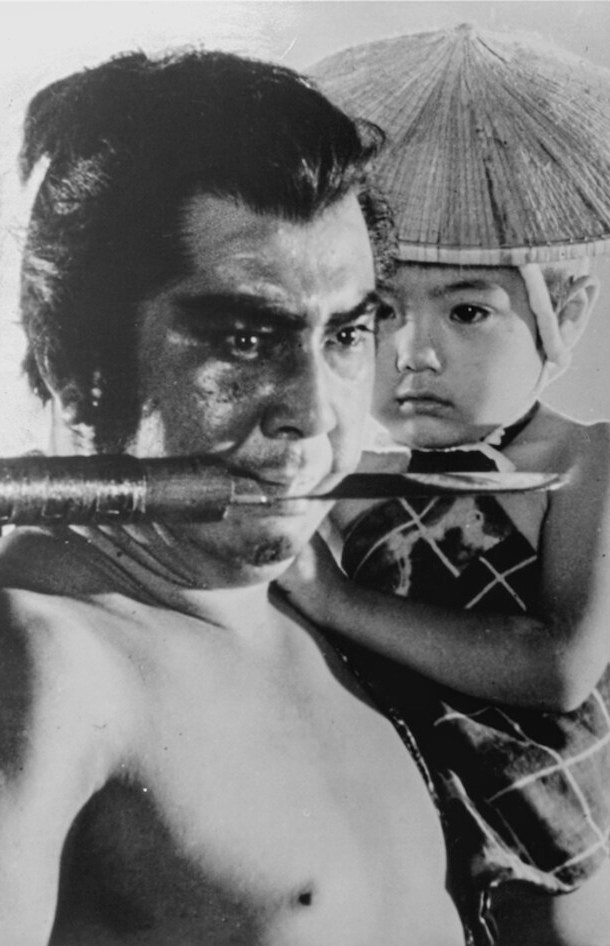
Lone Wolf and Cub: Baby Cart At The River Styx (1972)
#movies#lone wolf and cub series#lone wolf and cub: baby cart at the river styx#tomisaburo wakayama#kazuo koike#kenji misumi
67 notes
·
View notes
Photo

#Lone Wolf and Cub: Baby Cart at the River Styx#Shogun Assassin#Lone Wolf and Cub#子連れ狼 三途の川の乳母車#Tomisaburo Wakayama#gif
127 notes
·
View notes
Photo
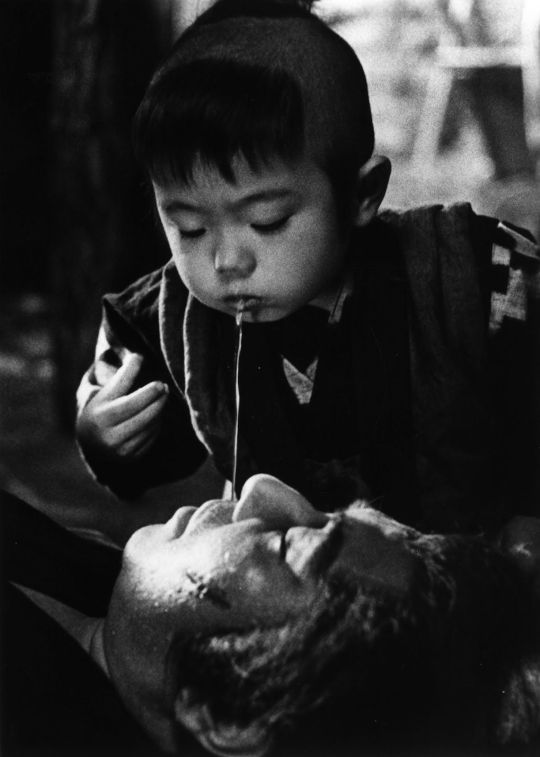
Lone Wolf and Cub: Baby Cart at the River Styx - Kenji Misumi 1972
24 notes
·
View notes
Photo

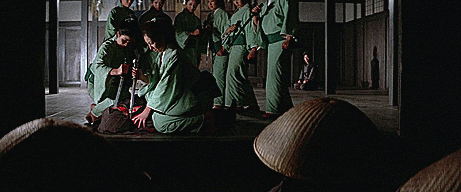
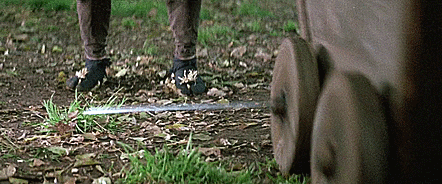



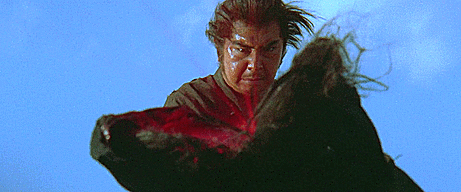
Lone Wolf and Cub: Baby Cart at the River Styx (1972)
#lone wolf and cub: baby cart at the river styx#kenji misumi#tomisaburô wakayama#ogami itto#japanese cinema#samurai#filmedit#70s
83 notes
·
View notes
Photo

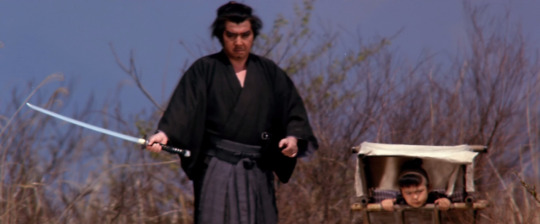
The Mandalorian Lone Wolf & Cub
#The Mandalorian#Lone Wolf and Cub#Jon Favreau#Lone Wolf and Cub: Baby Cart at the River Styx#Kenji Misumi#Pedro Pascal#Yoda#Tomisaburō Wakayama#Akihiro Tomikawa
435 notes
·
View notes
Text








Lone Wolf and Cub: Baby Cart at the River Styx (1972)
I just had to make a little gifset for this scene because I love these movies, but there's just something about the bath scenes that's so visceral for me. It makes me feel calm and safe and warm.
MAJOR trigger warnings for all Lone Wolf and Cub movies, but I'm working my way through them on doesthedogdie.com to tag any possibly triggering moments.
1 note
·
View note
Photo

Lone Wolf and Cub: Baby Cart at the River Styx (1972, Kenji Misumi, Japan)
3 notes
·
View notes
Text
Viddying the Nasties #24 | Shogun Assassin and the Lone Wolf and Cub series
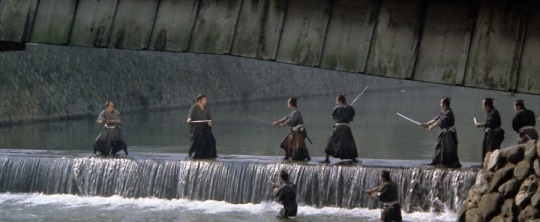
I’d first seen Shogun Assassin years ago in bits and pieces, when I first became aware of what exploitation movies were. At the time its mixture of splatter and swordplay seemed too awesome for words, but I had no real concept of its source material and cultural standing other than the fact that this was a movie that had been a hit on the grindhouse circuit. Fast forward a couple of years and I would revisit the movie again, this time having gotten somewhat into hip hop and having listened to GZA’s Liquid Swords. This time what struck me was not just the action but the atmosphere of sadism - this is a movie packed with some truly ice cold shit - and how that lent itself to the aesthetic of that record. But this was also when I learned that there was more to the story, and that Shogun Assassin was not just something that materialized out of the ultraviolent ether but was indeed recut from preexisting movies in the Lone Wolf and Cub series from the early ‘70s, based on the manga by Kazuo Koike. Sadly at the time Shogun Assassin was much more available in North America (in a sharp looking DVD and Blu-ray release from AnimeEigo) than the originals (the box sets were long out of print) so I was unable to dig further at the time. Fast forward a few more years and the good people at Janus Films decide to give the entire Lone Wolf and Cub film series plus Shogun Assassin some handsome restorations and release them as part of the Criterion Collection. Coming off of the Stray Cat Rock series and still in the mood for some Japanese action movies, I decided to finally get through this series and, at the very least, see how they compared with the version I’d been familiar with all these years. Thankfully, they happened to be pretty damn good.
The overarching plot is as follows: our hero Ogami Itto, the shogun’s executioner, has his wife murdered and is falsely accused of wanting the shogun dead by a rival clan, and so is forced to flee with his infant son Daigoro and take up life as an assassin while seeking revenge, living on “the demon way in hell.” Now, if I’m being perfectly honest, having rushed through the six movies in a few days, I have to admit they blend together a bit, so I’m not necessarily going to delve into plot details of the individual movies in depth. This isn’t necessarily a criticism, as I suspect it’s a bit by design. That overarching plot I described is introduced in the first film and returned to periodically over the course of the subsequent movies, but a large portion of the series is spent on the assassinations our hero is hired to perform, side quests to the main revenge quest. The films were all scripted by Koike, the author of the original manga, and I assume they are faithful to the source material, so perhaps those who have read the manga might find the plots easier to distinguish. The sixth and final film was made before the manga was completed, which leaves the series feeling a touch inconclusive as it doesn’t tie up the overall plot.
The first film, Sword of Vengeance, sets up not just the plot but also the pitiless world the films reside in. This is a movie that opens with Itto executing a baby(!) on the orders of a paranoid shogun, making it clear that traditional ideas of justice don’t apply in this universe and that Itto’s ��heroism” will definitely be of the anti-heroic stripe. But the movie also eased me into the rhythms of the overall series, which are a lot more meditative and a lot less frantic than I’d expected, while still dishing out generous helpings of blood and steel. The action here is not distinguished purely through choreography but also the structure, the blood sprays serving as gory exclamation marks. There’s also a fair bit of handheld work reminiscent of early Chang Cheh - I understand filmmakers in Hong Kong at the time were influenced by Japanese samurai pictures, and perhaps the influence was going ways.
The second film, Baby Cart at the River Styx, pushes even further in this regard, conceiving its action as a series of gory non-sequiturs, images of blood pouring through walls or through desert sands and characters being chopped into stumps or having their heads split open having been etched into my memory when I first saw them edited into Shogun Assassin all those years ago. This is probably the best of the movies, packing in the most incident but also finding some unexpected tenderness in their harsh worldview. Itto encounters a female ninja sent to kill him, but she ends up reassessing her own capacity for violence after being moved by his relationship with Daigoro, and in the end elicits a rare moment of mercy from Itto. It’s a character arc that could have been corny but feels well earned in the otherwise unrelenting cruelty of the series. However, the scene were Itto forcefully has them warm each other up to survive is still hilariously uncomfortable no matter which cut you see. There’s also the underrated delight of seeing Daigoro react to different animals.
The next few movies continue this dynamic, with Baby Cart to Hades and Baby Cart in Peril pitting Itto and Daigoro, respectively, against a disgraced samurai and a tattooed female assassin with a tragic backstory, both of whom reassert a sense of honour in their confrontations with our heroes. They also have Daigoro becoming a more active participant in their survival, with his carriage being revealed to have additional deadly capabilities, best demonstrated when they machine gun hordes of men while taking on an entire army in the climax of the third movie. The moral complexity of the series peaks with the fifth movie, Baby Cart in the Land of the Demons, which has Itto being hired to assassinate an infant princess and hesitating before killing another target. That movie also has Daigoro falsely accused of being in cahoots with a pickpocket and the baffling sight of the police trying to beat a confession out of a toddler. This specific strain of ridiculousness is absent in the final film, White Heaven in Hell, but otherwise that movie goes out with a bang, trading the jazzy sounds of the earlier movies with a score that suggests James Bond meets Shaft, sending reanimated assassins after our heroes, and pitting them against an entire army in a climax whose virtuosity is matched by its body count. The wintry setting of that action sequence and the soundtrack suggest that the filmmakers wanted to outdo On Her Majesty’s Secret Service of all movies, and the carnage concludes with the bodies of Itto’s foes scattered over a snowy hillside, like black pepper on white rice. Yet at the end, even with the story not really being over, the movie reasserts Itto’s bond with Daigoro, ending on a tender note that brings nuance to the butchery that preceded it.
Which brings us back to Shogun Assassin, which combines sections of the first movie with the bulk of the second, trades the original score for a cheapo synth one and a well done English dub, and greatly simplifies the story, excising the specific clan conflicts and adopting a more generic story of our heroes facing off against the shogun. What’s lost in the translation are the complexities in the series’ worldview, with this new version less eager to challenge us to contemplate the violence and the characters’ relationships and preferring to serve it up for our giddy enjoyment. But what does come through or is perhaps even enhanced is the outrageousness of the violence and the non-sequitur-style delivery, coming across as even more frenetic in this faster-paced version. On the level of pure enjoyment, this ranks with the best of the series even if it lacks the richness of the originals, and there’s a reason its blend of ultraviolent samurai imagery has proven so iconic. Whatever entry or version you happen to watch, there’s no denying the mix of artistry and entertainment value that defines the series.
#film#movie review#lone wolf and cub#shogun assassin#lone wolf and cub: sword of vengeance#lone wolf and cub: baby cart at the river styx#lone wolf and cub: baby cart in peril#lone wolf and cub: baby cart to hades#lone wolf and cub: baby cart in the land of the demons#lone wolf and cub: white heaven in hell#kenji misumi#buichi saito#yoshiyuki kuroda#robert houston#viddying the nasties
1 note
·
View note
Photo

I'm watching Lone Wolf and Cub: Baby Cart at the River Styx (1972)
0 notes
Photo

Lone Wolf and Cub: Baby Cart at the River Styx | Kenji Misumi | 1972
Tomisaburô Wakayama, Minoru Ôki, Shôgen Nitta, Shin Kishida
#Tomisaburô Wakayama#Minoru Ôki#Shôgen Nitta#Shin Kishida#Kenji Misumi#Lone Wolf and Cub: Baby Cart at the River Styx#Lone Wolf and Cub#Baby Cart at the River Styx#1972
174 notes
·
View notes
Text
Lone Wolf and Cub: Baby Cart at the River Styx (1972)




Lone Wolf and Cub: Baby Cart at the River Styx (1972) directed by Kenji Misumi
1 note
·
View note
Photo




Lone Wolf and Cub: Baby Cart at the River Styx 1972
72 notes
·
View notes